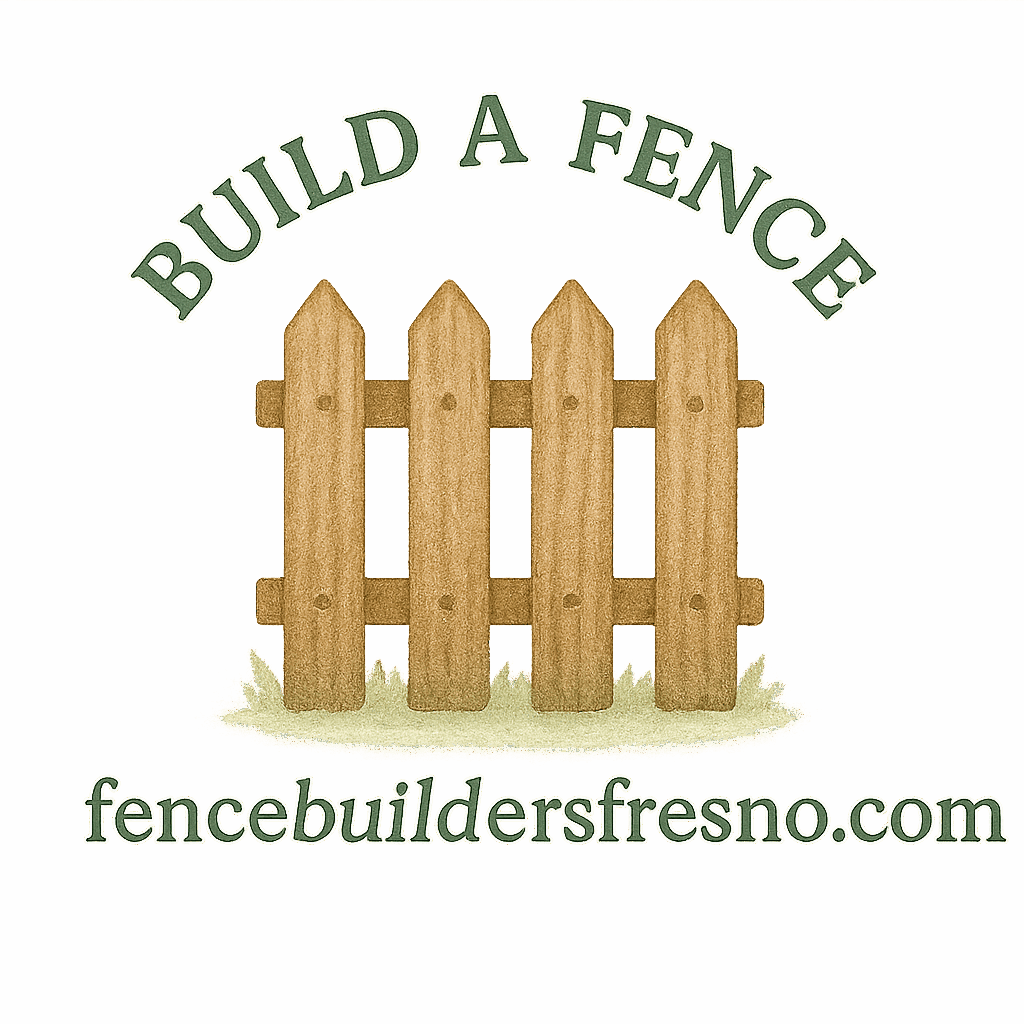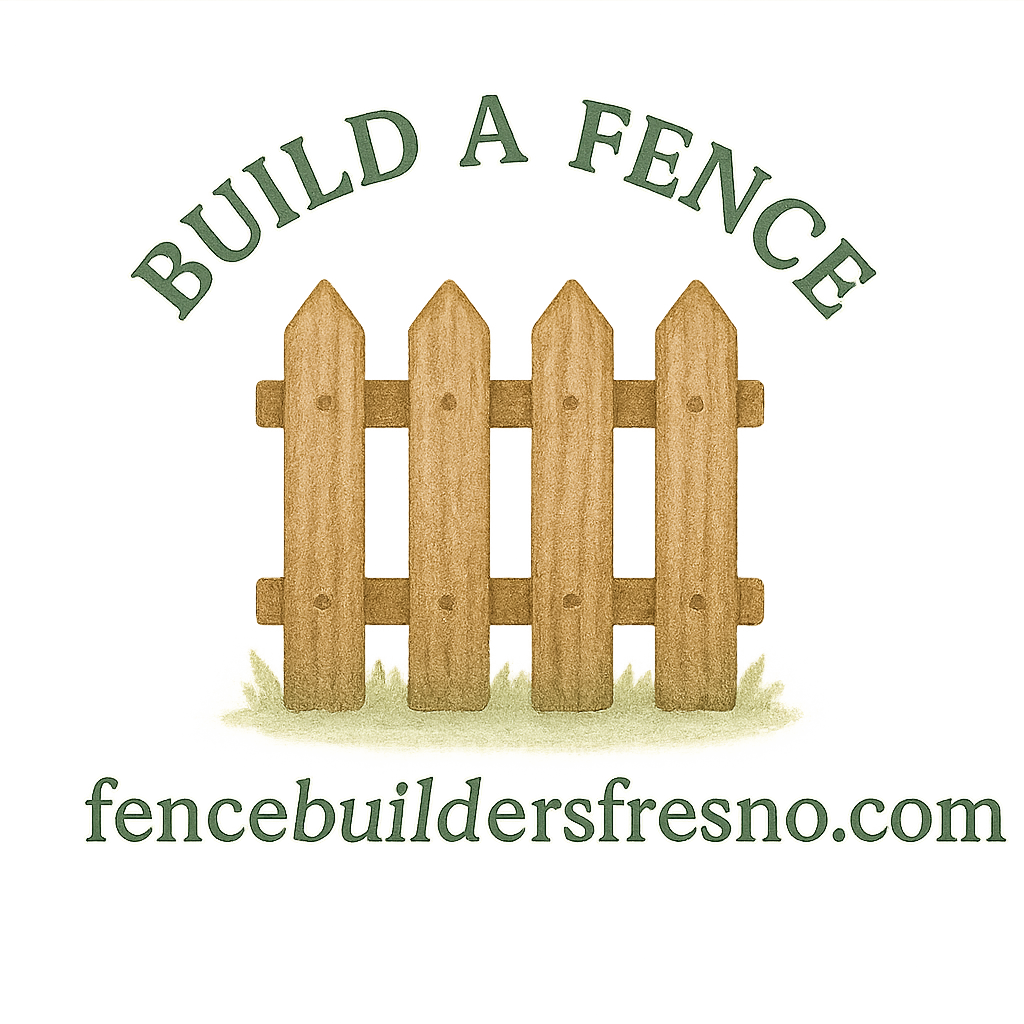Introduction
DIY fencing sounds straightforward—grab some posts, boards, and tools, then get to work, right? Not quite. A fence is more than just a barrier; it’s an investment in your property’s privacy, security, and curb appeal. Unfortunately, many homeowners underestimate the planning and details involved. In this guide, we’ll cover 8 mistakes to avoid in DIY fencing planning and installation—and how to make sure your project turns out right the first time.
Why DIY Fencing Seems Attractive
Homeowners love the idea of saving money and enjoying the pride of building something themselves. Plus, with so many online resources, it feels like a project anyone can tackle. But there’s a big difference between a Pinterest dream fence and a sturdy, long-lasting fence in your yard. That’s why starting with a solid fence building basics guide can make or break your project.
Common Pitfalls in DIY Fence Projects
Let’s look at the most common mistakes—and what you can do differently.
Mistake 1: Ignoring Property Lines
Why Property Lines Matter
Building a fence a few inches—or worse, a few feet—into your neighbor’s yard can spark arguments and even legal disputes. According to property line and legal fencing considerations, this is one of the leading causes of neighborly tension.
How to Confirm Property Boundaries
Don’t rely on old assumptions. Check your survey, visit your county records office, or hire a surveyor. For peace of mind, mark the boundaries before you dig. If you’re concerned about fence encroachment, take the time to clarify before you build.

Mistake 2: Skipping Local Legal Requirements
Permits and Zoning Laws
Did you know many cities require permits for fences over a certain height? Ignoring this can mean fines or being ordered to remove your fence.
Neighborhood or HOA Restrictions
If your home is part of an HOA, you’ll likely face rules about fence style, placement, and color. Before buying materials, check the legal property rights that apply to your home.
Mistake 3: Choosing the Wrong Fence Materials
Durability vs. Aesthetics
Not all fences are created equal. Wood offers charm but requires maintenance, while vinyl and aluminum provide durability with less upkeep. Our fence types comparison guide breaks down the pros and cons.
Cost vs. Long-Term Value
That bargain wood might look great today but could warp or rot within a few years. Considering low-maintenance fencing options like vinyl can save you money long-term.
Mistake 4: Poor Planning of Fence Design
Function vs. Appearance
Ask yourself: is this fence for privacy, security, decoration, or pet control? If privacy is key, a tall front yard fence may not be the right solution, but a backyard privacy design could be.
Matching Fence to Landscape
Your fence should complement your home and yard. The fence design planning guide can help you balance style with function.
Mistake 5: Inadequate Post Installation
Depth and Stability
Posts are the backbone of your fence. A good rule of thumb is to bury one-third of the post in the ground. Check out our DIY fence installation guide for detailed steps.
Common Post-Setting Errors
Skipping gravel or failing to use concrete at the base leads to wobbly, short-lived fences. Proper fence building basics stress the importance of solid posts.
Mistake 6: Ignoring Soil and Ground Conditions
Soft Soil Challenges
Sandy or clay-heavy soils can compromise stability. You may need reinforcements or deeper posts to ensure durability.
Slopes and Uneven Ground
Yards aren’t always flat. Building on a slope means adjusting with stepped or racked fencing designs. The DIY fence guide offers techniques to handle tricky ground conditions.
Mistake 7: Forgetting Maintenance Needs
Wood Fence Care
Wood is classic but needs regular staining, sealing, or painting. Neglect leads to warping, rotting, and insect damage. Our wood fence care tips walk you through keeping it strong.
Low-Maintenance Options
If you’d rather avoid upkeep, explore vinyl fencing or aluminum. These options last decades with minimal effort.
Mistake 8: Underestimating Time and Effort
DIY vs. Professional Installation
Many homeowners think a fence can be finished in one weekend. In reality, unless you’re experienced, expect delays. Sometimes hiring pros for part of the job is smarter.
The Hidden Costs of Mistakes
Poor planning, misaligned panels, or skipped permits can add unexpected expenses. Our fence maintenance and repair guide shows how DIY errors often lead to more repairs down the road.
Pro Tips for a Successful DIY Fence
Invest in Quality Tools
Good tools save time and frustration. Consider borrowing or renting heavy-duty equipment to get the job done right.
Plan Before You Dig
Sketch, measure, and map your project. The fence guide is a great starting point for organizing your project.
Consider Hiring for Critical Steps
Even if you want a DIY project, you don’t have to do it all. Hiring pros for post installation or concrete pouring can make your fence last much longer.
Conclusion
DIY fencing is rewarding but comes with challenges. By avoiding these 8 mistakes in DIY fencing planning and installation, you’ll save money, time, and frustration. A fence isn’t just a boundary; it’s an extension of your home’s character. Whether you choose a durable vinyl option, a decorative wood design, or something in between, plan carefully and don’t cut corners. And remember—sometimes the best DIY project is the one where you bring in help at the right time.
FAQs
What is the most common mistake in DIY fencing?
Skipping property line checks is the biggest mistake—it often leads to disputes and costly do-overs. See more about boundary fence rules.
How deep should fence posts go?
Posts should be buried about one-third of their length underground, with gravel and concrete for stability.
Do I need a permit to build a fence?
In most places, yes. Always check legal fencing rules and zoning codes before you start.
Which fencing material lasts the longest?
Vinyl and aluminum fences last decades with minimal upkeep compared to wood.
Can I build a fence on uneven ground?
Yes, but it requires stepped or racked designs. Check the DIY fence tips for step-by-step help.
What’s the best low-maintenance fencing option?
Vinyl fencing is durable, attractive, and requires very little upkeep.
When should I hire a professional instead of DIY?
If your yard has slopes, tough soil, or strict legal requirements, consider professional help for better results.


